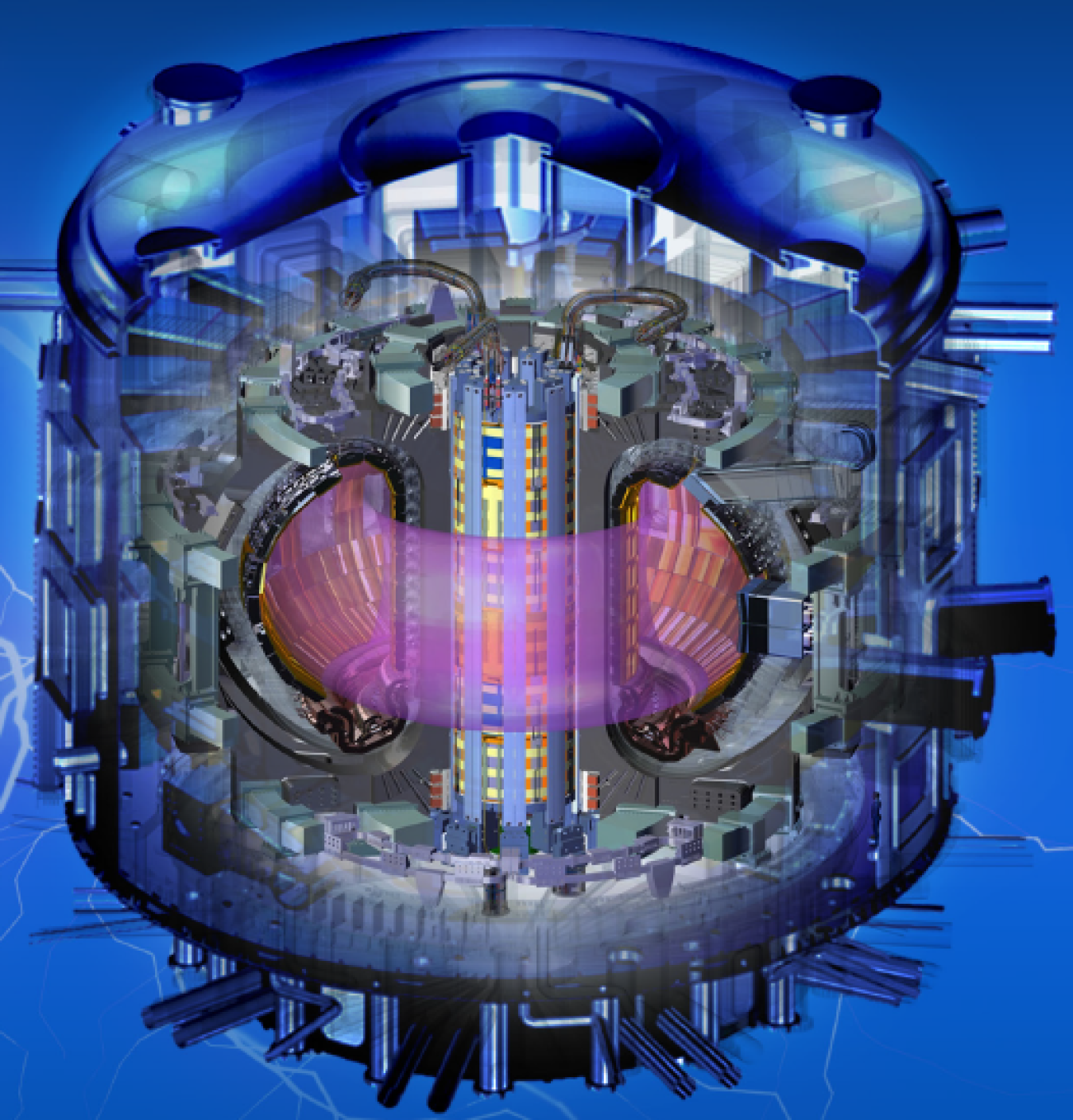
Fusion nuclear science and technology specializes in studying the harsh fusion environment. This environment has high temperatures, particle fluxes, neutron irradiation, and other extreme conditions. Fusion science and technology research includes the study of designs and materials for future fusion power devices. It also includes new technologies and integrated systems for generating electricity from fusion, engineering high temperature superconducting magnets, breeding tritium (a fuel for fusion), and exhausting the extremely hot gases that are released during fusion. Fusion nuclear science addresses challenges related to fusion safety and security. For example, fusion nuclear science is studying how to ensure the supply of tritium fuel and how to build fusion power plants that can be operated safely despite their incredibly high heat and pressure conditions.
DOE Office of Science & Fusion Nuclear Science and Technology
In the Office of Science, fusion nuclear science and technology is funded within the Fusion Energy Sciences (FES) program since R&D in these areas support the development of fusion as an energy source. The program supports multiple research areas including the U.S. Fusion Blanket and Tritium Fuel Cycle program. Research focuses on methods of extracting the fuel from the blanket, which requires expertise from national laboratories, universities, and private industry. Within the FES program, researchers develop essential technologies for the ITER project, including the central solenoid, one of the world’s largest and most powerful superconducting magnets. Other activities supported within FES include fusion safety and system studies. Fusion energy system studies look at long-term areas, such as a future fusion power plant, and determine gaps in fusion nuclear science and technology. Identifying these gaps help programs prioritize research efforts over time.
Fusion Nuclear Science and Technology Quick Facts
- ITER’s magnets use cables of a superconducting material, niobium tin, that combined measure more than 100,000 kilometers long. That’s enough to stretch around Earth’s equator twice.
- The United States is developing key fusion nuclear technologies including methods of using magnets to contain fusion and specialized materials that can withstand long exposure to extreme fusion conditions.
Resources and Related Terms
- Fusion Nuclear Science at Oak Ridge National Laboratory
- Fusion Safety at Idaho National Laboratory
- Learn about joint DOE-private sector efforts to advance fusion power in these presentations from a June 2022 workshop.
Acknowledgements
Guin Shaw, U.S. DOE Office of Science
Scientific terms can be confusing. DOE Explains offers straightforward explanations of key words and concepts in fundamental science. It also describes how these concepts apply to the work that the Department of Energy’s Office of Science conducts as it helps the United States excel in research across the scientific spectrum.

